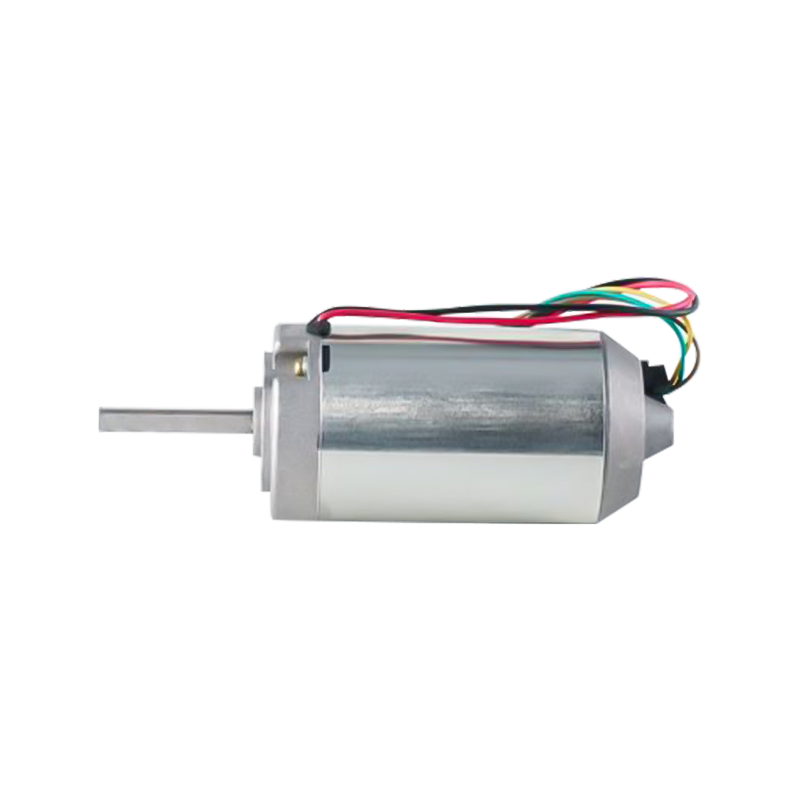BT001 Honda Accord Windshield Wiper Motor
Power Voltage 12V DC, 35W No-load Current Low speed ≦1.5A, high speed ≦2.0A No-loa...
View MoreThe Automatic Door Motor is an indispensable mechanism in the modern architecture landscape, providing a seamless and automated entry and exit experience for users. These motors are expected to perform reliably under various conditions, enduring the test of time and the repetitive stress of daily operation. The question of the durability of Automatic Door Motors is paramount for building managers, facility owners, and specifiers who are investing in this technology. This article will investigate the factors that contribute to the longevity and robustness of Automatic Door Motors, examining their resilience in the face of wear and tear, environmental impacts, and mechanical stress.

Durability is a measure of how well an Automatic Door Motor can withstand the effects of time and repeated use without significant loss of performance or structural integrity. In the context of Automatic Door Motors, durability encompasses not only the physical longevity of the motor components but also the reliability of the electronic systems that control the motor's operation. The motor's ability to maintain consistent performance over extended periods is crucial for ensuring the safety and efficiency of the automatic doors it powers.
One of the primary factors affecting the durability of Automatic Door Motors is the quality of materials used in their construction. High-grade steel and robust engineering plastics are often employed to decrease the risk of fatigue and failure. Additionally, the protective coatings and treatments applied to these materials can significantly enhance resistance to corrosion and other environmental factors that might compromise the motor's integrity.
The manufacturing process also plays a pivotal role in determining the durability of Automatic Door Motors. Precision engineering and stringent quality control measures ensure that each component is manufactured to exacting specifications, reducing the likelihood of defects that could cause premature failure. Moreover, the assembly process must be meticulous to ensure that all parts are correctly aligned and securely fastened, further contributing to the motor's resilience.
Another aspect of durability is the motor's ability to operate efficiently under varying loads. Automatic Door Motors are designed to handle a range of door sizes and weights, and their performance should not falter as the load changes. This requires sophisticated control systems that can adjust the motor's torque and speed to match the door's movement characteristics, thereby reducing the stress on the motor and prolonging its service life.
Environmental conditions are another crucial consideration when assessing the durability of Automatic Door Motors. Motors exposed to extreme temperatures, humidity, or corrosive elements will face greater challenges in maintaining their performance. Therefore, weather-resistant designs and materials are essential for motors that are installed in outdoor or harsh indoor environments.
Maintenance routines are also key to the longevity of Automatic Door Motors. Regular inspections and lubrication can help identify and address potential issues before they result in a breakdown. By keeping the motor's moving parts clean and well-lubricated, maintenance can significantly reduce wear and tear, ensuring that the motor continues to operate smoothly for years to come.
In conclusion, the durability of Automatic Door Motors is a complex issue that involves a combination of factors, including the quality of materials, manufacturing processes, design features, environmental considerations, and maintenance practices. By understanding these factors and implementing strategies to address them, facility managers can optimize the lifespan and performance of their Automatic Door Motors, ensuring that they continue to provide reliable and efficient service for the life of the building.